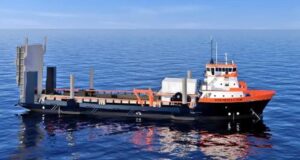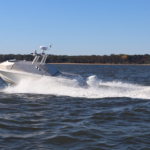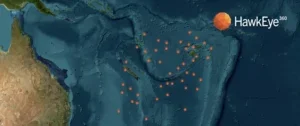
The Marine Corps Warfighting Lab plans to start experimenting with a prototype landing ship this month after making modifications to a commercial Offshore Support Vessel (OSV). The Marine Corps used Military Sealift Command (MSC) to contract for one modified OSV with Hornbeck Offshore Services [HOS], making at a Stern Landing Vessel (SLV) to help experiment with the concept of the future Landing Ship Medium (LSM), previously called the Light Amphibious Warship. Ultimately, the Navy plans to lease and potentially buy…

 By
By 











